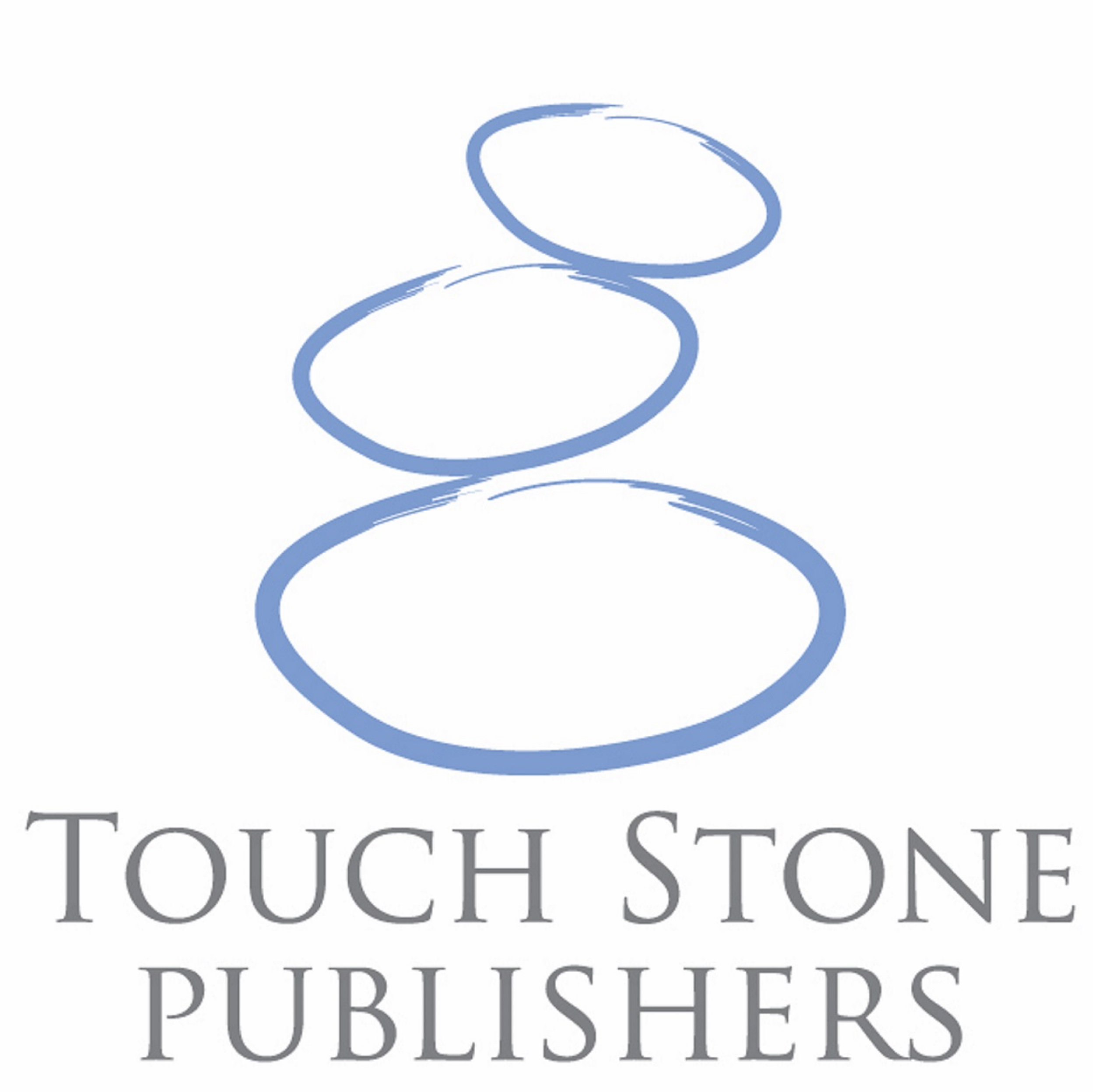The Art of Influential Leadership: Mastering Communication for Impact

I. Introduction: The Leadership Defining Moment
Leadership isn’t about authority—it’s about influence. “Leadership is not about being in charge. It is about taking care of those in your charge,” says Simon Sinek. But what does that look like in practice?
Imagine an HR professional navigating a corporate restructuring. Uncertainty looms, employee morale is fragile, and tensions rise. Then, the HR leader steps in—not with rigid directives but with clarity, empathy, and conviction. They listen, align teams with a shared vision, and transform unrest into a renewed sense of purpose.
This scenario plays out in organizations across industries every day. It’s a reality faced by HR professionals, whether managing workplace conflicts, communicating organizational changes, or fostering inclusive cultures. And yet, a Gallup study found that only 13% of employees strongly agree that their organization’s leadership communicates effectively.
This article explores the art of communication in leadership, specifically tailored for HR professionals, and how mastering it can build trust, drive engagement, and transform workplace culture.
II. The Silent Crisis: Communication Gaps in Leadership
A study by the Project Management Institute revealed that ineffective communication leads to project failures in one out of five organizations. For HR professionals, this is particularly concerning—according to a McKinsey report, companies with strong HR-driven communication strategies experience 30% higher employee engagement and 25% lower turnover rates.
HR professionals are at the intersection of leadership and the workforce. Poor communication doesn’t just affect productivity—it creates a ripple effect of disengagement, turnover, and cultural deterioration.
Case in Point: When a multinational tech company announced a mass layoff, employees found out through social media before HR had a chance to communicate internally. The backlash was immediate—stock prices dropped, employer branding suffered, and trust in leadership eroded. Had HR proactively communicated the decision with empathy and transparency—perhaps through an internal briefing or personalized messaging—the company could have mitigated reputational damage and retained workforce morale.
On the other hand, when Satya Nadella took over as Microsoft’s CEO, he prioritized transparent communication. His ability to articulate a compelling vision while acknowledging workforce concerns transformed Microsoft from a rigid hierarchy into an innovation-driven company.
The takeaway? HR leaders who master communication become the architects of trust, engagement, and resilience.
III. The Three Pillars of Influential Leadership Communication
1. Clarity: The Power of Precision
Great HR leaders distill complexity into crystal-clear messages. According to the Harvard Business Review, executives ranked “clear communication” as the most critical leadership trait—even above strategic thinking.
Case in Point: Patagonia, an outdoor apparel company, is known for its transparent communication of company values. When it announced its decision to donate 100% of profits to environmental causes, HR ensured that employees understood not just the “what” but the “why.” Employees responded with overwhelming support, sharing the company’s message on social media and reinforcing their pride in being part of an organization that aligns with their values.
HR leaders should replace corporate jargon with direct, empathetic language. Communication should always be framed around how it impacts employees. A simple yet effective rule to follow: Would I understand this if I were on the receiving end?
2. Empathy: The Currency of Trust
HR is the heartbeat of an organization’s culture. Employees want more than just to be informed—they want to be heard and understood.
Case in Point: During the COVID-19 pandemic, Airbnb’s HR team executed one of the most compassionate layoff strategies in history. Instead of impersonal emails, CEO Brian Chesky wrote a heartfelt letter, providing extended healthcare, career placement, and alumni networks. The result? A company-wide departure marked by gratitude rather than resentment.
To foster trust, HR leaders should create listening sessions before major organizational changes, implement open-door communication policies, and use “We heard you, and here’s what we’re doing” messaging to reinforce engagement.
3. Storytelling: Turning Messages into Movements
People don’t remember policies—they remember stories.
Case in Point: When Starbucks wanted to strengthen its commitment to diversity, it didn’t just release a corporate statement. It shared real employee stories about inclusion and growth, making the initiative personal and relatable.
HR professionals can enhance their messaging by replacing generic policy updates with narratives that connect, showcasing employee success stories in company town halls, and framing diversity, inclusion, and equity as a journey rather than just an initiative.
IV. Overcoming Communication Barriers in HR Leadership
HR professionals navigate an intricate web of communication challenges, including:
Generational Differences: Baby Boomers may expect formal emails, while Gen Z prefers quick, informal digital updates.
Remote Work Dynamics: Virtual teams require intentional communication to avoid feeling disconnected.
Resistance to Change: Employees fear the unknown. Without clear messaging, speculation breeds fear and misinformation.
The solution lies in multi-channel communication tailored to audience preferences, combined with proactive transparency.
V. Actionable Strategies to Elevate HR Communication
HR leaders should master the “One-Minute Message,” ensuring that key messages are conveyed succinctly. Instead of saying, “HR is rolling out a new benefits plan,” a more effective message would be: “We heard your feedback on benefits. Here’s what’s changing, why it matters, and how it impacts you.”
Building an “HR Transparency Hub” is another effective strategy. Companies like Google have successfully implemented similar hubs through their internal communication platform, “Google Insider,” ensuring employees remain informed and engaged with company-wide decisions.
Finally, HR is a bridge, but managers deliver the message. Investing in leadership communication training ensures clarity cascades down the organization.
VI. The HR Leadership Challenge
HR isn’t just about policies—it’s about shaping workplace culture through communication.
Strong communication eliminates uncertainty, fosters engagement, and drives connection and purpose. HR professionals should continuously refine their messaging strategies to ensure alignment and impact.
How can you elevate your communication impact as an HR leader? At your next all-hands meeting, deliver a clear, empathetic, and story-driven message. Observe how employees respond and refine your approach accordingly.
Because in HR, communication isn’t just a skill—it’s the foundation of leadership.







